Quitting Smoking Cold Turkey: A Comprehensive Guide
How effective is quitting smoking cold turkey? What should you expect during the process? Where can you find support? Explore the answers to these questions and more in our comprehensive guide.
Effectiveness of Quitting Smoking Cold Turkey
Quitting smoking cold turkey, or stopping completely without the use of nicotine replacement therapies (NRTs), can be an effective method for some individuals. According to the Centers for Disease Control and Prevention (CDC), the success rate of quitting smoking in the United States is less than 10%. However, a 2016 study found that quitting cold turkey is more successful than gradually cutting down on nicotine intake. The study followed up with participants at 4 weeks and 6 months after they quit smoking, and those who stopped abruptly were more successful at remaining nonsmokers compared to those who quit gradually using NRTs.
That said, the success of quitting cold turkey may depend on the individual’s smoking habits. A 2017 study found that people who smoke 21 or more cigarettes a day are more likely to quit by using NRT and stopping gradually.

What to Expect When Quitting Cold Turkey
When quitting smoking cold turkey, the body expels all nicotine within 48 hours. This can lead to a range of withdrawal symptoms, including:
- Light-headedness (less than 48 hours)
- Disturbed sleep (less than 1 week)
- Difficulty concentrating (less than 2 weeks)
- Nicotine cravings (more than 2 weeks)
- Depression (less than 4 weeks)
- Restlessness (less than 4 weeks)
- Irritability or aggression (less than 4 weeks)
- Mouth ulcers (can be longer than 4 weeks)
- Constipation (can be longer than 4 weeks)
- Increase in appetite (more than 10 weeks)
While these withdrawal symptoms can be uncomfortable, they are temporary and do not cause any long-term health issues.
Tips for Quitting Smoking Cold Turkey
Quitting smoking cold turkey can be a challenge, but there are several steps you can take to increase your chances of success:
- Think about your reasons for quitting, whether it’s for your health, your family, or other personal motivations.
- Make a decision to stop and pick a specific quit day.
- Identify your smoking triggers and make a plan to avoid them during the first few weeks.
- Come up with a list of activities to do when you experience cravings, such as going for a walk, calling a friend, or practicing deep breathing.
- Share your intention to quit with friends and family and ask for their support.
Coping Mechanisms for Quitting Cold Turkey
Quitting smoking cold turkey can be challenging, but there are several coping mechanisms you can use to manage the withdrawal symptoms:

Recognize Smoking Triggers
Identifying your smoking triggers, such as specific times of day, social situations, or emotions, can help you plan ahead and avoid these triggers when possible.
Practice Stress Management
Engaging in stress-relieving activities, such as meditation, exercise, or relaxation techniques, can help you manage the emotional and mental aspects of quitting.
Seek Social Support
Sharing your journey with friends, family, or support groups can provide encouragement and accountability as you navigate the quitting process.
Consider Nicotine Replacement Therapy
While quitting cold turkey is possible, using nicotine replacement therapies, such as patches, gum, or lozenges, can help alleviate withdrawal symptoms and increase your chances of success.
Where to Find Help and Support
Quitting smoking can be challenging, but you don’t have to go through it alone. There are a variety of resources available to support you in your journey:
- Speak with your healthcare provider about smoking cessation options and support.
- Contact a quit line, such as 1-800-QUIT-NOW in the United States, to receive personalized advice and support.
- Explore online resources, such as smokefree.gov, which provide tools, tips, and community support.
- Consider joining a local or online support group to connect with others who are also quitting smoking.
The Benefits of Quitting Smoking
Quitting smoking, whether through cold turkey or other methods, can have significant health benefits. Within just 20 minutes of quitting, your pulse returns to normal. After 48 hours, your body has removed all traces of nicotine, and your sense of taste and smell begin to improve. Over time, your circulation improves, your risk of heart attack drops, and your risk of lung cancer is reduced.
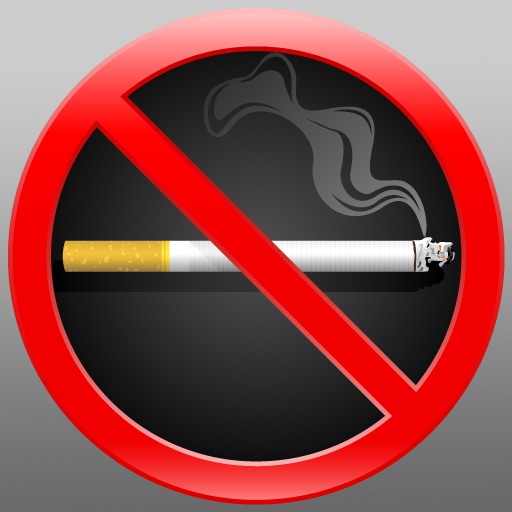
While the process of quitting smoking can be challenging, the long-term health benefits make it a worthwhile endeavor. By understanding the effectiveness of quitting cold turkey, what to expect during the process, and the available coping mechanisms and support resources, you can increase your chances of success and enjoy the many benefits of a smoke-free life.
Tips, coping mechanisms, and more
People may find it challenging to quit smoking, but the health benefits outweigh the discomfort of withdrawal symptoms. These symptoms include trouble sleeping, depression, and mouth ulcers.
Quitting cold turkey is one way of stopping smoking. With this technique, people could cease smoking completely without using nicotine replacement therapies (NRTs) such as patches or gum.
Smoking can become an addiction and cause serious health problems. More than half of adult cigarette smokers try to quit every year. However, less than 10% quit successfully in their first year.
This article explores what it means to quit smoking cold turkey, how successful it is, what to expect, and where to find help and support.
Share on PinterestMalte Mueller/Getty Images; Umar Razak Razali/EyeEm/Getty Images
A person may quit smoking completely or by gradually reducing their use of tobacco and nicotine. Over time, they can cut down on cigarettes or other tobacco products.
In contrast, quitting smoking cold turkey means stopping smoking all at once, rather than gradually, and without the help of NRTs, such as nicotine patches.
According to the Centers for Disease Control and Prevention (CDC), the success rate of quitting smoking in the United States is less than 10%.
They also state that 7.5% of adults successfully quit smoking in 2018. This figure does not distinguish between those who quit smoking cold turkey and those who used NRT.
A 2016 study found that quitting cold turkey is more successful than gradually cutting down on nicotine intake. This research followed up with people at 4 weeks and 6 months after they quit smoking. Those who stopped abruptly were more successful at remaining nonsmokers compared with those who quit gradually using NRTs.
The study also found that people who preferred to quit smoking gradually were less likely to be successful, even if they quit cold turkey. However, the people in this study were not heavy smokers.
According to another study from 2017, people who smoke 21 or more cigarettes a day are more likely to quit by using NRT and stopping gradually.
A person quits cold turkey by stopping smoking immediately.
For example, some people may decide not to buy more cigarettes after finishing their current pack. Upon making this decision, they have begun quitting.
When quitting cold turkey, a person does not introduce any more nicotine into their body. Nicotine is addictive, and once people stop using products that contain this substance, they may enter a state of withdrawal.
However, by quitting cold turkey, the body expels all nicotine within 48 hours. The following table describes the health benefits over time when giving up smoking.
| Time since quitting | Health benefits |
|---|---|
| 20 minutes | Pulse returns to normal. |
| 8 hours | Nicotine within the body is reduced by 90%, and carbon monoxide levels have dropped. |
| 24 hours | Lungs begin clearing tar and other smoking debris. |
| 48 hours | The body has removed all traces of nicotine, while the sense of taste and smell have improved. |
| 72 hours | It becomes easier to breathe, and energy levels have increased. |
| 2–12 weeks | Circulation improves. |
| 1 month | Skin appears less gray and more refreshed. |
| 3–9 months | Reduced coughing and wheezing. |
| 1 year | The risk of heart attack drops by half. |
| 10 years | The risk of lung cancer is reduced by around half compared with a person who smokes. |
| 15 years | The risk of heart attack is the same for a person who has never smoked. |
Because nicotine is addictive, people who quit smoking tend to experience withdrawal.
Withdrawal symptoms are temporary, but they can be uncomfortable and sometimes severe.
However, nicotine withdrawal does not cause any health issues that other addictive substances can trigger.
The table below lists some common withdrawal symptoms and how long they can last.
| Withdrawal symptom | How long it lasts |
|---|---|
| light-headedness | less than 48 hours |
| disturbed sleep | less than 1 week |
| difficulty concentrating | less than 2 weeks |
| nicotine cravings | more than 2 weeks |
| depression | less than 4 weeks |
| restlessness | less than 4 weeks |
| irritability or aggression | less than 4 weeks |
| mouth ulcers | can be longer than 4 weeks |
| constipation | can be longer than 4 weeks |
| increase in appetite | more than 10 weeks |
Quitting cold turkey may be as simple as deciding not to consume another cigarette or nicotine product. Other people may need to plan to maximize their chances of success.
Other people may need to plan to maximize their chances of success.
The CDC suggest the following tips to ensure the best chance of quitting:
- Think about the reasons to quit — whether for friends and family, improved health, or other reasons.
- Make a decision to stop and pick a quit day.
- Make a list of smoking triggers to avoid for the first few weeks, if possible.
- Come up with a list of activities to do when experiencing cravings.
- Share the intention of quitting with friends and family and get their support.
One way people cope with quitting smoking cold turkey is learning to recognize the triggers that make them want to smoke. They can then consciously use coping mechanisms to resist these triggers.
There are several types of triggers, each with its coping mechanisms.
It is possible to avoid some of these triggers, but some people cannot prevent them all.
If a person cannot avoid certain triggers, the CDC recommend the following:
- getting support from quit groups, experts, or friends and family
- remembering the reasons for quitting
- reflecting on how much money a person has saved so far
- staying busy by exercising or using the hands and mouth
- going to a public place where people cannot smoke
- performing a good deed
Most people who quit smoking will experience certain withdrawal symptoms, such as anxiety or irritability.
The table below lists ways of coping with and treating these symptoms.
There are several advantages and disadvantages of quitting smoking cold turkey.
Pros
- removes all nicotine from the body sooner
- a person benefits sooner from being nicotine-free
Cons
- may be more difficult than using NRTs
- alternative methods may be more effective for some, such as heavy smokers
- withdrawal symptoms may be more intense
Quitting cold turkey is not the only way to quit smoking.
NRTs and even prescription medication can help people stop. Alternative methods for quitting smoking include:
- The nicotine patch: Available as an over-the-counter (OTC) patch, which a person applies on the skin each day, removing it at night or after 24 hours. It releases a steady supply of nicotine during the day, while a person gradually reduces the nicotine with different patch strengths.
- Nicotine gum: Available in varying strengths, this releases nicotine when chewed.
 People can chew a new piece of gum every 1–2 hours.
People can chew a new piece of gum every 1–2 hours. - Nicotine lozenge: This is available OTC in two strengths and works the same way as nicotine gum.
- Nicotine nasal spray: This is a prescription-only NRT for people to inhale when they have an urge to smoke.
- Nicotine inhaler: This prescription-only device allows another way to consume nicotine, which enters via the throat’s mucous membranes.
- Bupropion: This is a prescription antidepressant that may reduce nicotine cravings by blocking the pleasure signals that smokers feel when using tobacco. People can use bupropion alongside NRTs.
- Varenicline: This prescription medication may reduce nicotine cravings. It prevents nicotine from attaching to brain receptors, helping make tobacco less satisfying.
- Behavioral support: Various social groups or friends and family may encourage quitting smoking.
- Alternative methods: People may want to try alternative therapies, such as hypnosis, acupuncture, acupressure, laser therapy, and electrostimulation, to help reduce nicotine withdrawal symptoms.

There are various ways for people to find support for quitting smoking. Resources include:
- apps
- texting programs
- professional services
People may also wish to join a research study on quitting smoking. Ask a healthcare provider for more information.
A person who wishes to quit smoking can speak with a healthcare provider for support and advice.
Quitting smoking cold turkey can be difficult, but the health benefits are worth going through the withdrawal symptoms.
If a person finds quitting cold turkey does not work for them, many alternatives may be effective.
Dangers of Quitting Smoking Cold Turkey
With New Year’s right around the corner, you’re probably thinking up your latest resolutions for renewed health and vigor. If you smoke, quitting probably tops your list every year. It’s no secret that trying to stop smoking is hard. Most people try and fail several times before finally recovering. It’s not because you lack willpower. Nicotine, the main psychoactive ingredient in tobacco, is highly addictive.
Nicotine, the main psychoactive ingredient in tobacco, is highly addictive.
Going cold turkey seems to some like the easiest way to quit smoking. However, there are many drawbacks and dangers you may experience with the cold turkey method.
- Why Is It So Hard to Quit Cold Turkey?
- Is Quitting Smoking Cold Turkey Dangerous?
- Side Effects of Quitting Smoking Cold Turkey
- Symptoms of Nicotine Withdrawl When Quitting Cold Turkey
- Effective Ways to Quit Smoking
Why Is It So Hard to Quit Cold Turkey?
Nicotine addiction is the main reason people find it so difficult to reduce or quit smoking.
Quitting cold turkey means to stop using all tobacco products and fight your way through any withdrawal symptoms that arise. Yet, if you stop using nicotine all at once, this action can disrupt your body’s chemical balance. You may experience intense physical and psychological side effects. Nicotine is a stimulant drug that causes mild stimulation by boosting dopamine levels and activating the brain’s reward center.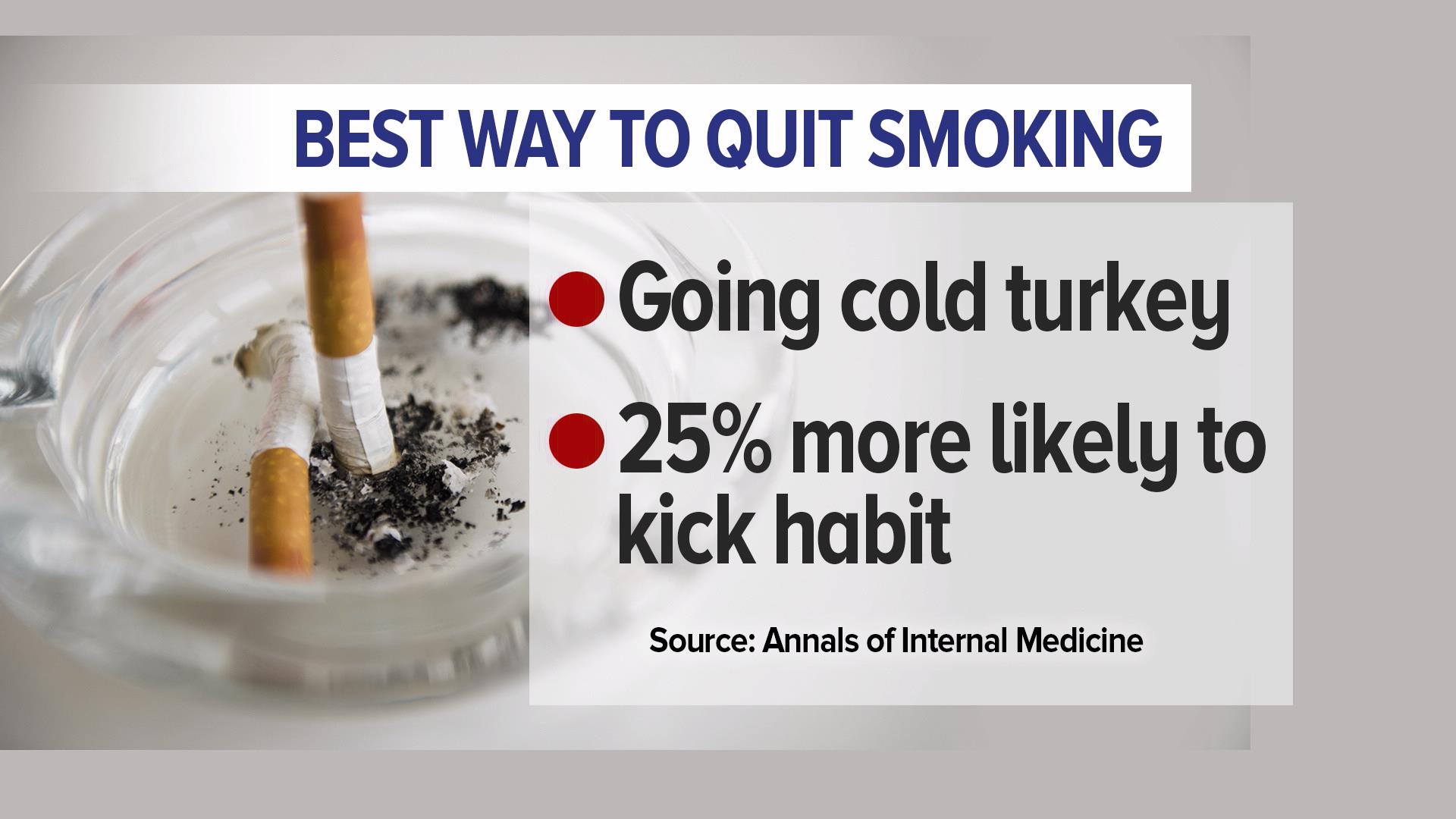
When people use tobacco products for an extended time, they may experience nicotine dependence and a huge list of serious health problems.
Is Quitting Smoking Cold Turkey Dangerous?
Quitting smoking cold turkey does not put your life or health in danger. However, unpleasant and sometimes painful withdrawal symptoms can seriously impact your emotional and physical wellbeing during the recovery process.
Each year, fewer than one in 10 adults are able to successfully quit smoking. One reason may be that most of those who try to quit rely on willpower alone to ditch the habit. Quitting cold turkey presents many risks to a successful recovery, including:
- Intense cravings
- Psychological symptoms of withdrawal
- Cheating, such as sneaking a cigarette or two
- Giving up and returning to one’s old smoking habits
Side Effects of Quitting Smoking Cold Turkey
What happens to your body when you stop smoking cold turkey? Some people experience mild withdrawal symptoms for a few days. Others struggle with intense cravings and side effects for weeks.
Others struggle with intense cravings and side effects for weeks.
You can expect withdrawal symptoms to set in anywhere from four to 24 hours after your last cigarette. For most people, withdrawal peaks about three days after quitting, gradually tapering off over the next three to four weeks. It’s not uncommon to feel intense cravings when you encounter familiar places or situations where you used to smoke.
While some people can successfully ward off withdrawal symptoms and cravings, others find these sensations too much to bear.
Symptoms of Nicotine Withdrawal When Quitting Cold Turkey
The symptoms of nicotine withdrawal are twofold — with both physical and psychological components. Some of the unpleasant physical side effects of nicotine withdrawal when quitting cold turkey include:
- Restlessness
- Headaches
- Tremors
- Sweating
- Digestive problems, such as constipation
- Increased appetite
- Cramping
- Sleep disturbances
The physical effects of quitting may only last for a few days while the nicotine leaves your body. Yet, the psychological impact of nicotine withdrawal can last much longer. These symptoms include:
Yet, the psychological impact of nicotine withdrawal can last much longer. These symptoms include:
- Intense nicotine cravings
- Difficulty concentrating
- Mood swings
- Irritability
- Frustration
- Anxiety
- Depressed mood
Effective Ways to Quit Smoking
Quitting cold turkey isn’t the only way to stop smoking. Many other methods address the physical and psychological effects of quitting nicotine. Here are some other ways people have found success.
1. Nicotine Replacement Therapy
Nicotine replacement therapy (NRT) is a method of quitting that involves using small amounts of nicotine to wean off the addictive substance. You gradually reduce your dosage of nicotine over time until no further treatment is needed. Examples of NRT include:
- Skin patches
- Chewing gum
- Nasal or mouth sprays
- Inhalators
- Tablets
While NRT is a popular and often successful method of treating nicotine addiction, some people still experience withdrawal symptoms.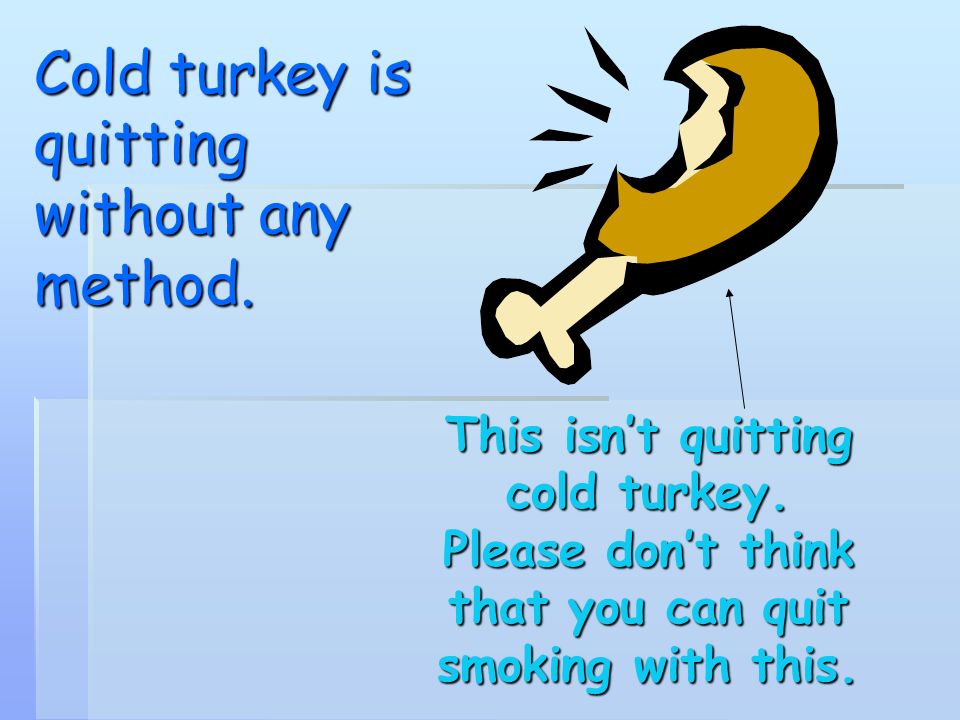
2. Medication
If you are having difficulty quitting, you can talk to your doctor who may be able to prescribe a specialized medication to help. These drugs can help reduce cravings and block the rewarding effects of smoking.
3. Counseling
Though NRTs and medication can help reduce your physical dependence on nicotine, these methods don’t deal with addiction’s psychological side effects. Counseling, in conjunction with other techniques, may be a valuable addition. Cognitive-behavioral therapy (CBT) is one option that helps you learn more about why your smoke — including how to address and combat triggers.
Using Nicotine in Conjunction With Other Substances? We Can Help.
Smoking is dangerous. It’s linked to a variety of severe health conditions, and it can also put your loved ones at risk through secondhand smoke. It also can be used as a bandaid for mental health concerns such as depression or other addictions like opioid dependency. If you would like to learn more about breaking free from addiction and addressing the root problems the team at Gateway Foundation can help. We invite you to contact us online today.
We invite you to contact us online today.
Poultry meat, egg “Turkey carcass (frozen), kg.”
Turkey steak
Turkey with apples and onions
Cannelloni with turkey and porcini mushrooms
Product number: 4719
/
Category:
Poultry meat, egg
Poultry, carcass
644.00 Р
price per 1 kg. Carcass weight – 9-11 kg.
Composition:
Poultry carcass weight may vary, call 319 for up-to-date information-39-98. Fresh chilled homemade turkey meat, Halal 100%. Natural product from own farm.
Description:
Is there a big celebration coming up or do you need to gather a noisy group of friends or relatives around the table? A whole carcass of a farm turkey will become the main dish in any company.
It does not require any special culinary talent to prepare it. Such meat is prepared in any way. It can be baked in the oven, either whole or chopped into portioned pieces, or you can put the carcass on a spit and fry it on the grill. The dish will turn out tasty enough after preliminary pickling.
The dish will turn out tasty enough after preliminary pickling.
Turkey has one unusual feature – the white flesh of the bird easily “adjusts” to the taste of other types of meat, and if you mix turkey with chicken or beef, it will be difficult to guess that there is a turkey in the dish.
Farmhouse turkey has a number of health benefits. Ideal for diet food, contains a low amount of fat and carbohydrates, rich in protein. It contains trace elements important for strengthening the immune system and normalizing the functioning of all organs – iron, potassium, magnesium, iodine, calcium and sodium.
The high content of phosphorus should be singled out separately, because in the meat of this bird it is almost the same as in fish. All these qualities are present if the carcass is fresh and grown on a Halal farm. Production of FH “Muslim” fully complies with these characteristics.
- Rinse a fresh bird carcass thoroughly under water, wipe dry inside and out, cover with foil and refrigerate.
 A frozen turkey needs to be thawed slowly, either indoors or in cold water that needs to be changed periodically. Remember that a bird weighing 9kg can be defrosted for two days.
A frozen turkey needs to be thawed slowly, either indoors or in cold water that needs to be changed periodically. Remember that a bird weighing 9kg can be defrosted for two days. - Never cook a cold turkey as only meat at room temperature will be tender and juicy. Take the bird out of the refrigerator an hour before cooking.
- It is better to pre-marinate the turkey before roasting to make it more tender and tasty. As a marinade, water, honey, spices, herbs, lemon, garlic are used. The turkey should be in the marinade for up to two days.
- Instead of marinating, you can rub the carcass inside and out with a mixture of garlic, salt, olive oil and rosemary, leaving it to soak for several hours.
- Stuff the turkey with stuffing (not too tight) and sew up the opening.
- How to cook a turkey in the oven so that the meat is juicy? Place the bird breast down on a baking sheet, in a sleeve or in foil, set the temperature to 170-190 degrees and bake, pouring the resulting juice on the carcass.

- Roasting time is calculated by the weight of the meat (including the filling) – add 18 minutes for every 450 grams.
Heat and cold loss, chemical composition: Turkey Breast fillet
Unit: kg
Weight unit: 1000 grams
Average price in the Russian Federation per unit of measurement 280 ₽
Types of treatments, percentage of weight loss and nutrients of the product “Turkey Breast Fillet”
| Processing* | Cold working loss: | Heat Loss: | Loss after heat treatment: | Protein loss | Fat loss | Loss of carbohydrates |
|---|---|---|---|---|---|---|
| Fry | 4.00 | 28.00 | 0.00 | 10.00 | 30.00 | 0.00 |
Turkey Breast fillet, and 1800+ more products are in Chef Expert Cloud! Read more…
Turkey Breast fillet – Chemical composition
| Proteins (g/100 g product): | 24. 40 40 |
| Fat (g/100 g product): | 0.80 |
| Carbohydrates (g/100 g product): | 0.00 |
| Dry matter (g/100 g product): | 25.10 |
| Humidity in %: | 74.90 |
| Calories, kcal: | 104.80 |
| Calorie content, kJ: | 438.78 |
Information for the preparation of the technological map (mass fractions)
These data will be required when issuing the Technical and technological map for dishes that include Turkey Breast Fillet. To calculate the mass fractions of fat and sugar, it is necessary to know whether the product contains the so-called “free” fat and sugar (ie, determined by laboratory analysis).
| Contains free fat | No |
| Contains free sugar | No |
| Contains alcohol | No |
Do you want to develop the right documents for food service? – download the Chef Expert program or use the online version of the Chef Expert Cloud app!
Allergens in Turkey Breast Fillet
In accordance with the requirements of the Technical Regulations TR TS 022/2011, when developing technological documentation for dishes (products), allergens that are part of the Turkey Breast Fillet product are indicated:
There are no allergens from the list of technical regulations.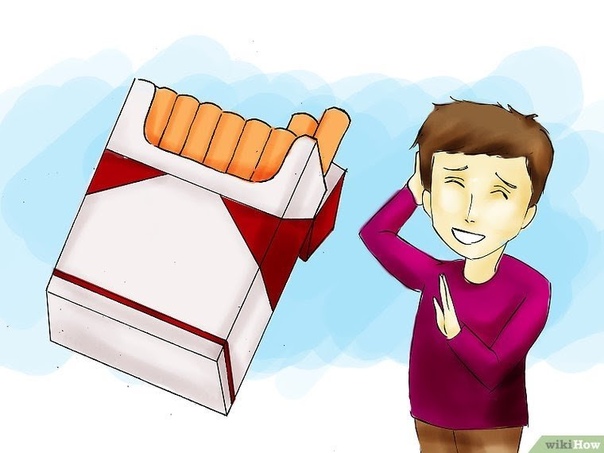
Information about the allergens in the dish is also necessary for control in accordance with the principles of HACCP.
Comments:
- Data on the nutritional value of the product are given from sources recommended for use by the Federal Service for Supervision of Consumer Rights Protection and Human Welfare (Rospotrebnadzor).
- Data on technological losses are given on the basis of average data of control studies carried out on the territory of Russia. Cold processing includes defrosting.
How to calculate the loss and calorie content of dishes:
Any chef or sous-chef should be able to calculate the consumption of raw materials, calorie content, yield and cost of dishes.
The problem is that to calculate the technical and technological map and cost estimates for all requirements, experience and time are needed.
The Chef Expert program allows you to develop the entire set of documents for a dish in a few minutes.

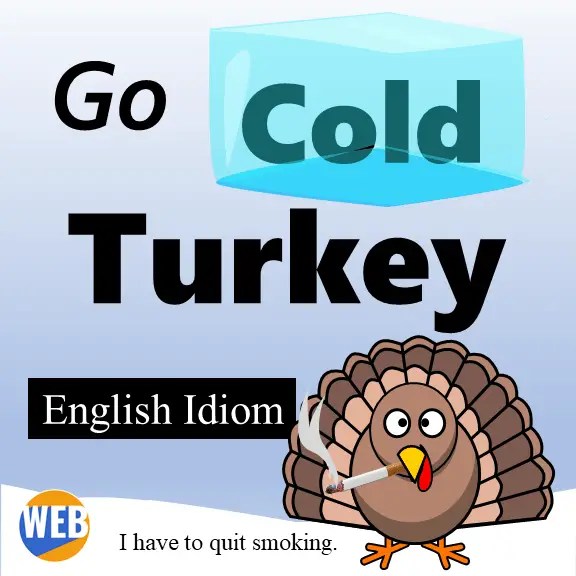 People can chew a new piece of gum every 1–2 hours.
People can chew a new piece of gum every 1–2 hours.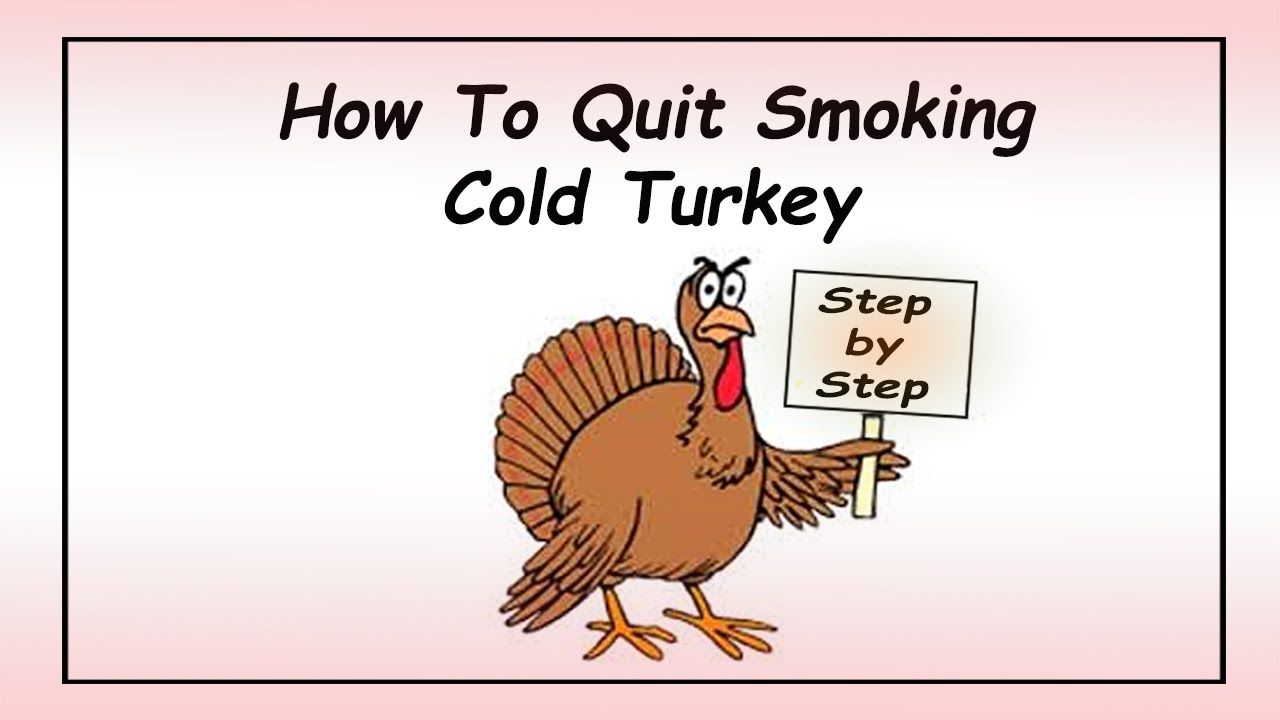
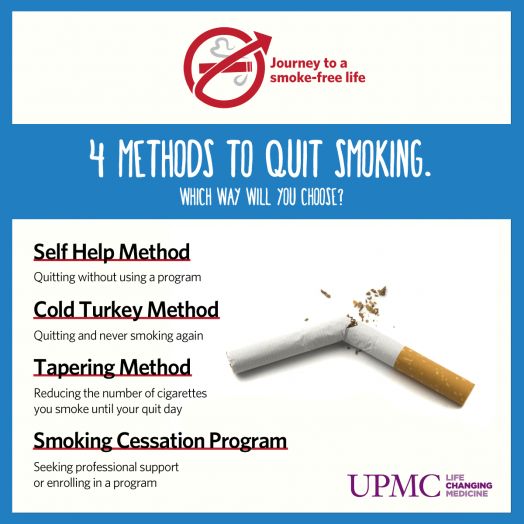 A frozen turkey needs to be thawed slowly, either indoors or in cold water that needs to be changed periodically. Remember that a bird weighing 9kg can be defrosted for two days.
A frozen turkey needs to be thawed slowly, either indoors or in cold water that needs to be changed periodically. Remember that a bird weighing 9kg can be defrosted for two days.